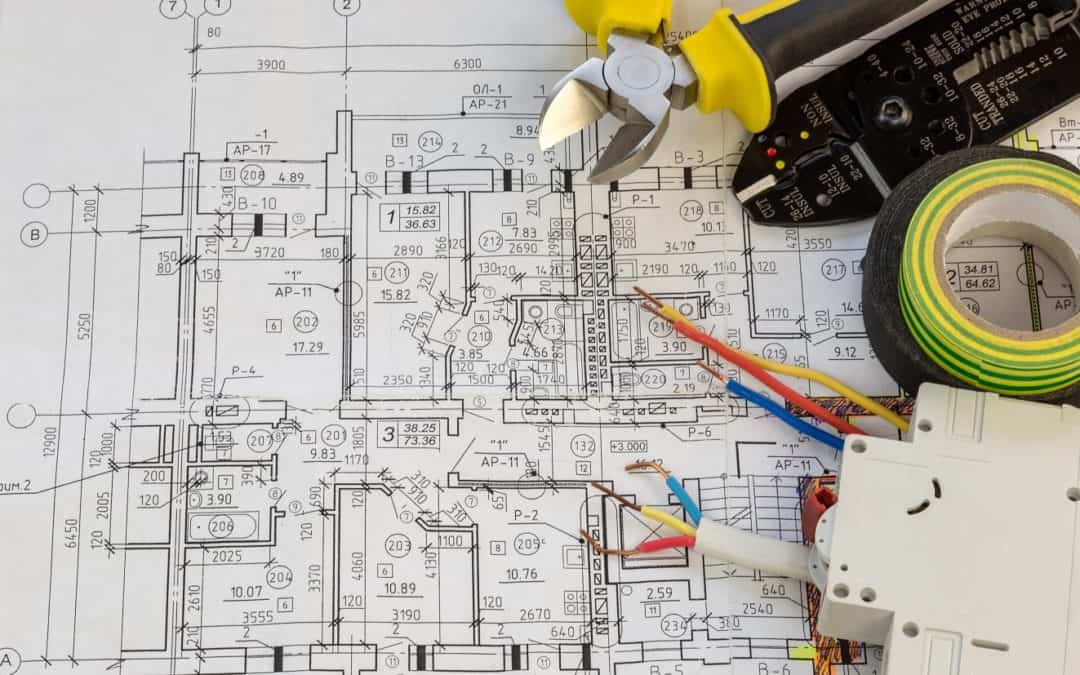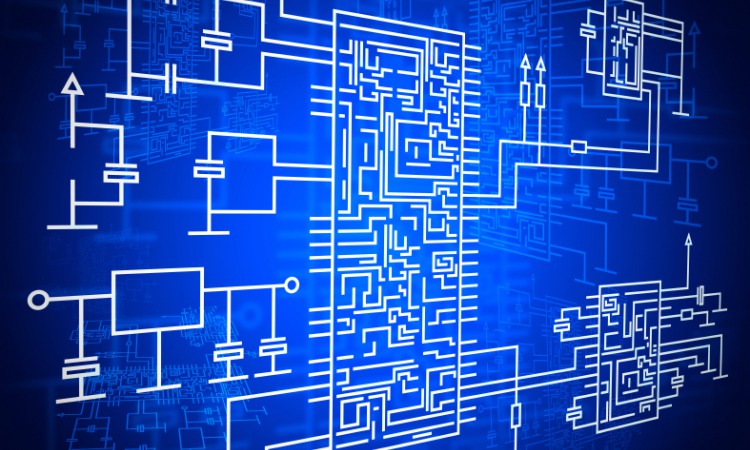Reliable Electrical Engineering Design Services Tailored to Your Needs
Reliable Electrical Engineering Design Services Tailored to Your Needs
Blog Article
Cutting-edge Electrical Design Solutions for Modern Framework
The evolution of contemporary infrastructure demands innovative electrical design solutions that not just enhance functional efficiency but additionally address sustainability challenges. As urban environments expand increasingly complicated, incorporating technologies such as clever grids and renewable resource resources becomes vital. These innovations not just guarantee to optimize power intake however likewise foster strength versus future demands. The landscape of electrical design is undergoing fast improvement, triggering a better assessment of arising patterns and their effects for lasting facilities feasibility. What might the future hold for those who embrace these ingenious techniques?
Relevance of Innovative Electrical Design
Innovative electrical design plays an important duty in modern-day facilities, affecting not only effectiveness yet likewise sustainability. As cities develop and the demand for energy increases, the need for sophisticated electric systems ends up being extremely important. These systems should not only satisfy current demands yet also expect future growth and technical innovations.
A well-executed electric design can considerably lower energy usage, thus decreasing functional costs and lessening environmental influence. By including renewable resource sources, such as photovoltaic panels and wind turbines, innovative styles can improve power freedom and resilience. Wise grid innovations enable for real-time tracking and monitoring of power circulation, maximizing efficiency and decreasing waste.
Security is another crucial aspect of electric design. Carrying out extensive requirements and sophisticated modern technologies can mitigate threats connected with electric failings, ensuring a safe and secure environment for residents and businesses alike. Furthermore, ingenious designs help with flexibility, enabling frameworks to integrate emerging technologies effortlessly.
Trick Fads in Electrical Design
As the landscape of electrical design continues to develop, numerous crucial patterns are shaping the future of the industry. One considerable pattern is the assimilation of clever innovation into electrical systems. The expansion of the Web of Points (IoT) has actually allowed real-time monitoring and control of electrical gadgets, enhancing performance and facilitating anticipating upkeep.
One more trend is the expanding focus on modular design. This strategy permits for scalable and adaptable solutions, allowing infrastructure to adapt to changing requirements without comprehensive restorations. In addition, making use of advanced simulation tools and Building Information Modeling (BIM) is ending up being increasingly prevalent, improving the design procedure and improving collaboration among stakeholders.
Furthermore, developments in products science are resulting in the advancement of lighter, a lot more resilient, and energy-efficient parts. This advancement is particularly crucial for high-performance structures and facilities jobs.
Finally, there is a significant change in the direction of data-driven decision-making - electrical load calculation. Leveraging data analytics aids designers maximize systems for efficiency and cost-effectiveness. With each other, these trends indicate a transformative age in electrical design, improving functionality, sustainability, and strength in contemporary infrastructure
Lasting Power Solutions
Lasting energy services are significantly ending up being a vital focus in electric design, reflecting a wider commitment to environmental duty and resource efficiency. These options intend to decrease ecological influence while maximizing energy usage in numerous frameworks, from household buildings to huge industrial facilities.
One of the primary methods includes check the combination of renewable resource sources, such as solar panels and wind turbines, into electrical systems. This not just reduces dependence on fossil gas however also enhances power durability. Furthermore, ingenious power storage systems, such as advanced batteries, enable reliable monitoring and distribution of power, making sure that excess power produced during peak production can be made use of throughout high need durations.
Additionally, energy-efficient design practices are being adopted to boost overall system performance. This includes utilizing energy-efficient illumination, a/c systems, and clever building technologies that adapt and keep an eye on energy usage based on tenancy and environmental conditions.
Smart Grid Technologies
The application of sustainable power options naturally causes the exploration of smart grid modern technologies, which play an essential duty in modernizing electrical systems. Smart grids utilize progressed communication modern technologies and information analytics to enhance the reliability, efficiency, and sustainability of electrical power circulation. By incorporating digital technology with typical grid facilities, these systems help with real-time tracking, automated control, and my sources improved decision-making capacities.
One of the key attributes of clever grids is their capacity to suit renewable energy resources, such as solar and wind power. This adaptability not just lowers reliance on nonrenewable fuel sources yet additionally enables an extra decentralized energy production version. Moreover, clever grids allow demand action programs, where customers can change their energy usage based upon real-time prices, thereby advertising power preservation and reducing peak tons demands.
Additionally, wise grid innovations improve grid resilience by making it possible for quicker recognition and resolution of blackouts, inevitably decreasing downtime. With predictive upkeep and analytics, utilities can improve and maximize procedures service distribution. As cities and communities proceed to develop, wise grid modern technologies are necessary for building a efficient and lasting electric infrastructure that meets the demands of contemporary culture.

Future-Proofing Infrastructure
To ensure long-term viability and versatility, future-proofing facilities is crucial in the swiftly advancing landscape of electrical design solutions. As innovation developments and energy needs shift, it is critical that electric systems are designed with flexibility in mind. This entails incorporating scalable options that can accommodate future upgrades without demanding substantial overhauls.

In addition, sustainability has to be a keystone of future-proofed layouts. Utilizing renewable power resources, such as solar and wind, and maximizing energy effectiveness lower reliance on nonrenewable fuel sources, straightening with worldwide efforts to fight climate adjustment.
Conclusion
By focusing on adaptability, sustainability, and effectiveness, these read this services attend to the evolving needs of energy systems. The assimilation of wise grid innovations and lasting energy options boosts resilience and reduces functional costs.
A well-executed electric design can considerably reduce power intake, thereby lowering functional costs and lessening ecological impact. By incorporating sustainable energy sources, such as solar panels and wind turbines, cutting-edge styles can improve energy independence and strength. In addition, cutting-edge power storage space systems, such as sophisticated batteries, allow efficient management and circulation of energy, guaranteeing that surplus energy created throughout peak production can be made use of during high need periods.
Smart grids allow demand reaction programs, where consumers can adjust their power use based on real-time pricing, thus promoting energy conservation and reducing peak lots needs. (industrial electrical design)
As innovation advancements and energy needs shift, it is essential that electric systems are created with flexibility in mind.
Report this page